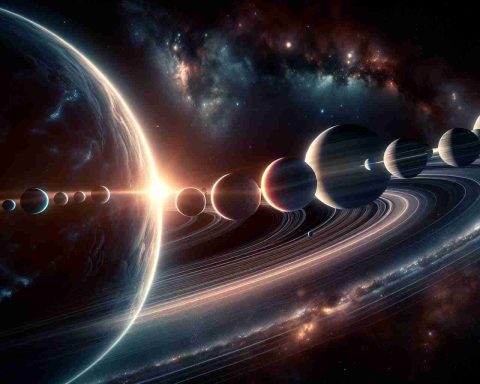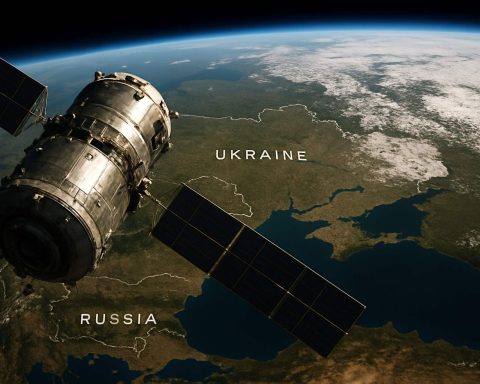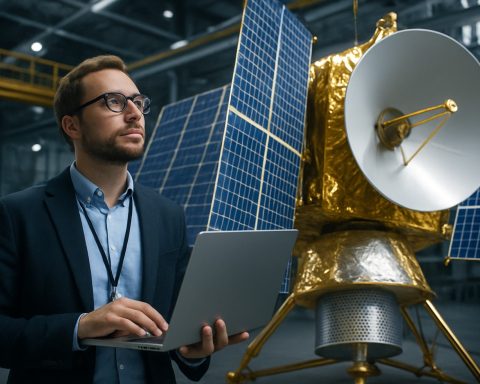Planetary Alignment
Planetary alignment refers to a configuration in which two or more planets appear to line up in the same area of the sky as observed from Earth. This phenomenon occurs due to the relative positions and motions of the planets in their orbits around the Sun. Planetary alignments can be partial, where only some planets are aligned, or full alignments involving a larger group.In astrology and astronomy, these alignments are often associated with specific interpretations or predictions, with some cultures viewing them as significant events. From a scientific perspective, planetary alignments do not exert any observable influence on Earth or human affairs. Instead, they are simply a visual occurrence based on the geometrical arrangement of the planets in the solar system at a specific time.Such events can be a source of interest in both amateur and professional astronomy, as they can provide opportunities for observation and study of the planets. The alignments are temporary, lasting from days to weeks, depending on the planets' movements.










